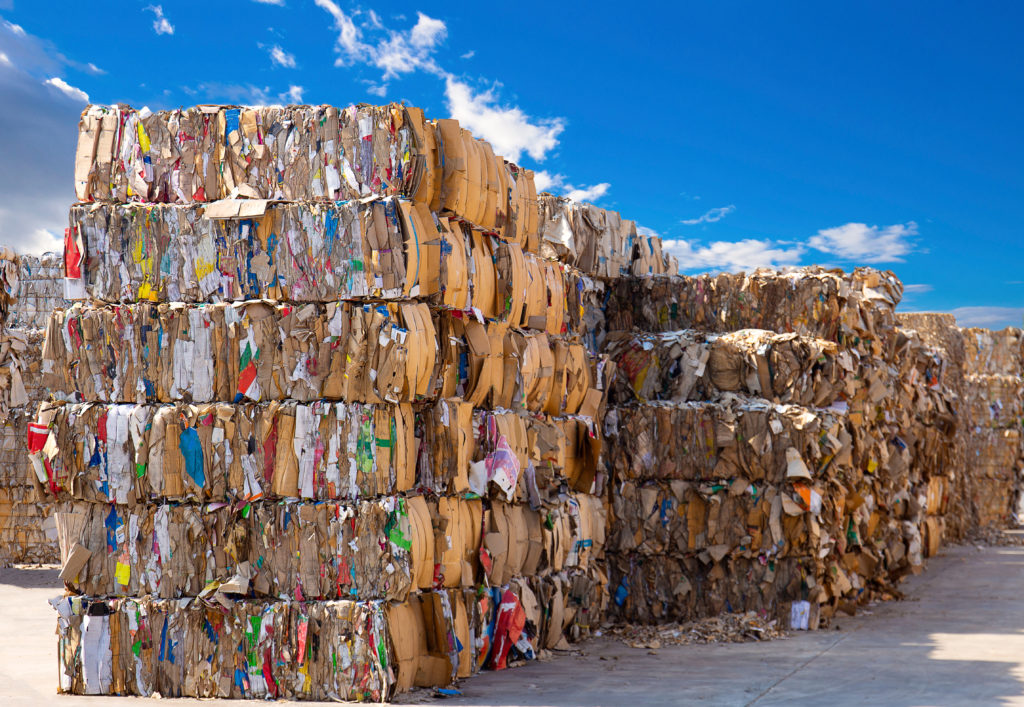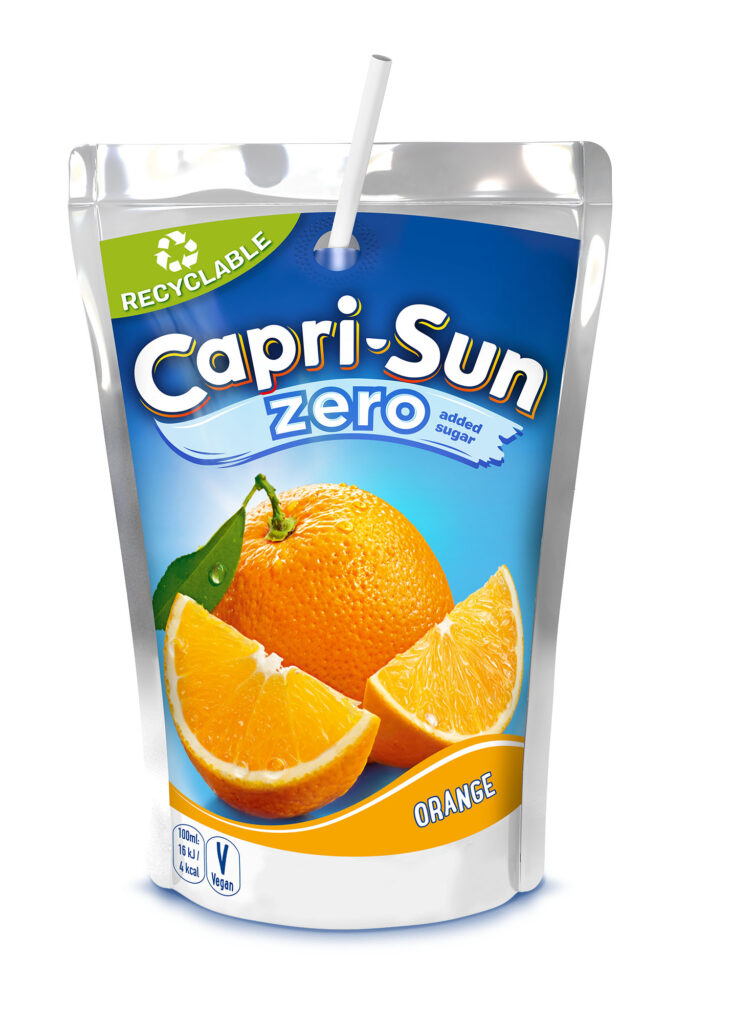The increased cost of paper PRNs comes amid a general rise in the cost of PRNs for all materials. This comes against a background of rising concern about meeting 2022 compliance targets for packaging recycling and recovery.
Sector observers see the market as “tight” with one saying that the market is “sailing close to the wind” as the UK looks to meet compliance targets. However, other compliance specialists have suggested that obligated businesses and compliance schemes have “no need to panic”.
They told letsrecycle.com that ups and down “form part of the system, with the PRN value stepping in to help where recycling is struggling.”
Energy
Concerns have been raised however that if export outlets dry up for recovered paper, recycling options could become expensive with rising energy demand and prices, and there could be a temptation to send mixed papers for energy recovery.
The export market is likely to be hit by strikes at docks, which have begun in Felixstowe and are planned in Liverpool, too.
Mills in Germany are reportedly “well-stocked” and taking extended downtime to deal with energy price rises, while south east Asia reports lower demand for paper and India “wants to drive the price down”.

With only around 40% of paper recycled domestically, these factors could impact the availability of the export sector for recovered paper.
“With fewer markets and other outlets for paper, there are fewer paper PRNs, and with fewer PRNs there is a higher price,” one compliance specialist explained.
People are worried about where the price might end up
- Compliance expert
Targets
While paper is on track to hit its target this year, with provisional data showing 52% of the target has been reached in the first half of the year, it is not in as strong a position as normal.
At the same time in 2021, paper was 68% towards its target, and was at 60% the year before. Both years also had greater volumes of carry-over material.
One compliance specialist added: “Normally paper plays a huge part in contributing to the general pot, but that isn’t the case this year. Carry-over tonnage is being eaten into and it’s eroding.
“As a result, people are worried about where the price might end up. More and more are beginning to buy PRNs at the current price over fears it may rise even more, which is having a further knock-on effect.”
Others have hinted that, with rising costs being faced by recyclers across the board, increasing PRN prices is a way of increasing revenues, by maximising PRN value and “playing the market well”.
Market
The high paper PRN prices come as the price paid for recovered paper continues to fall.
Earlier this month, recyclers warned that declining prices were driven by a fall in demand across the board (see letsrecycle.com story).
Norwegian-owned Geminor went so far as to say the European recovered paper market is at “breaking point”, driven by a 25% price drop.
Risk
Sandeep Atwal, procurement manager at Ecosurety, said in a blog post for the company’s website that she expects PRN prices to “rise rapidly”, with paper risking not complying this year.
She said: “Paper recycling has had a slow start to the year. OCC prices were strong at the beginning of the year but have softened as the demand for post-consumer packaging weakens.
“The issues within the exports markets are causing a slowdown in evidence being issued, as the Agency are more active at the ports checking containers of waste paper destined for Europe. Excess paper PRNs are used to fulfilling the general recycling obligation so any further tightness in the paper market will pose a risk to the general recycling obligation”.
She added that excess paper PRNs are often used to fulfilling the general recycling obligation so any further tightness in the paper market will pose a risk to the general recycling obligation.












Subscribe for free